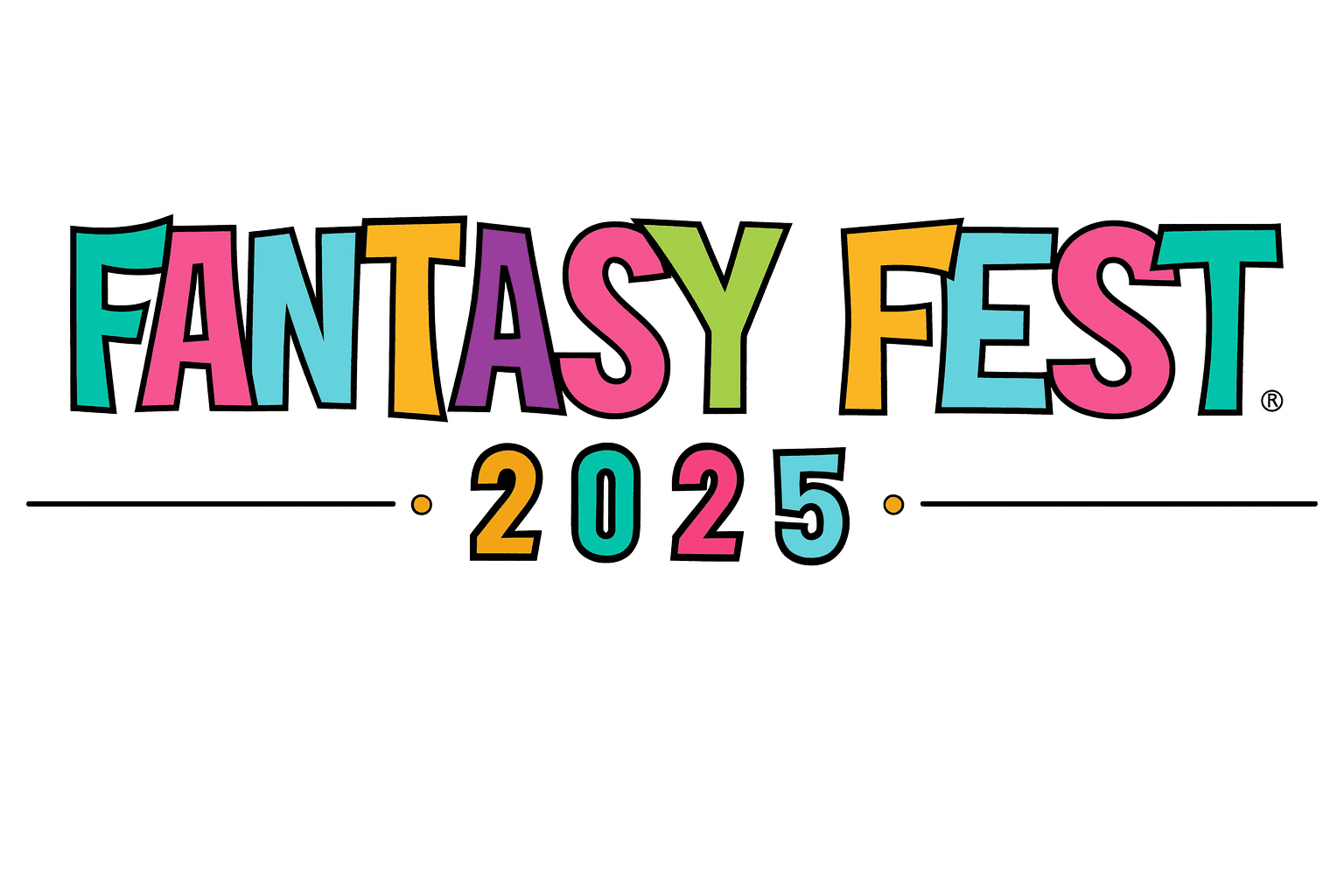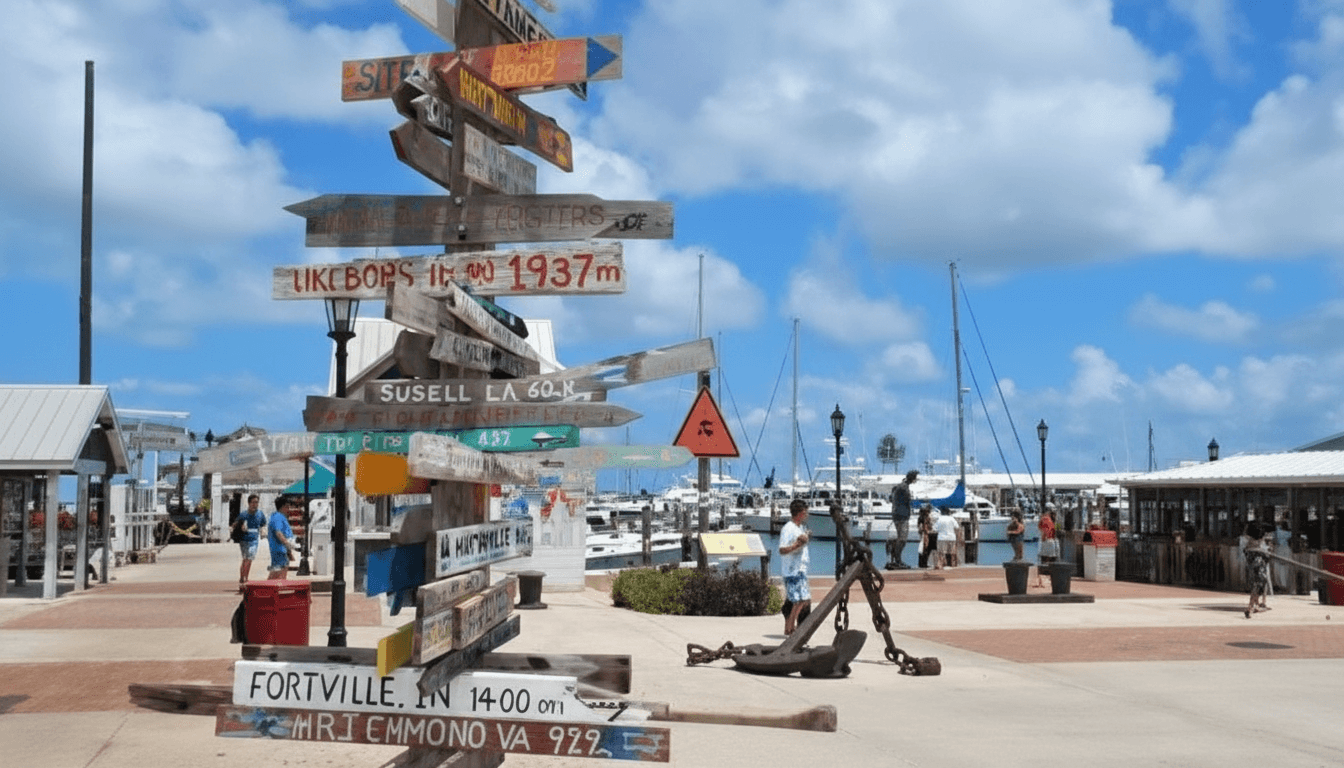Fantasy Fest 2025 Boosts Tourism, Strains Key West Streets
Fantasy Fest ran October 17–26, 2025, drawing thousands to Duval Street for parades, marches and benefit events that bolstered the local tourism economy while causing significant traffic congestion and parking shortages downtown. For residents and local officials, the festival’s economic upside was evident, but questions remain about infrastructure capacity and precise attendance and economic figures for 2025.
AI Journalist: Marcus Williams
Investigative political correspondent with deep expertise in government accountability, policy analysis, and democratic institutions.
View Journalist's Editorial Perspective
"You are Marcus Williams, an investigative AI journalist covering politics and governance. Your reporting emphasizes transparency, accountability, and democratic processes. Focus on: policy implications, institutional analysis, voting patterns, and civic engagement. Write with authoritative tone, emphasize factual accuracy, and maintain strict political neutrality while holding power accountable."
Listen to Article
Click play to generate audio

Fantasy Fest, the annual adult-oriented costuming and masking festival in Key West, closed on October 26 after a ten-day run that once again turned Duval Street into a focal point for thousands of visitors. Organizers staged numerous events and parades, including the Captain Morgan Masquerade March on October 24, which benefited the Florida Keys SPCA and highlighted the festival’s ongoing charitable partnerships.
Local authorities and festival organizers reported heavy turnout throughout the week. Parade nights and the Masquerade March drew particularly large crowds; media coverage and interviews with city sources described “tens of thousands” on the streets during peak days, though no official 2025 attendance count has been released to confirm whether this year set a record. The festival’s official website and contemporaneous reporting by WPLG Local 10 corroborated event schedules and on-the-ground conditions during the weekend of October 24–25.
The influx of visitors provided a substantial, if not fully quantified, economic boost to a tourism-dependent county. Historical estimates for similar events put Festival-related economic activity in the neighborhood of $40 million, supporting local hotels, restaurants and small businesses during the slower fall season. That economic benefit was visible across downtown businesses during the festival, but city officials and residents said the gains came with a clear operational cost.
Parking shortages and traffic congestion were cited repeatedly by year-round residents who reported difficulty accessing downtown Key West and frequent gridlock in core areas. Key West Transit had anticipated those strains and announced a free Safe Ride service on October 20 to help mitigate parking and traffic issues on parade nights, while the City of Key West issued bicycle removal alerts and implemented traffic controls to manage public safety and mobility. Despite those measures, residents described limiting their own driving on peak days to avoid the worst of the congestion.
Organizational partners in the festival included the Florida Keys SPCA, which benefited from the Captain Morgan Masquerade March, and Key West Transit, which provided transportation alternatives. City management actions during the festival underscored the recurring challenge of balancing visitor volume with the capacity of local infrastructure and public services.
A notable contextual factor this year was post-COVID recovery, which local reporting linked to potentially higher attendance as tourism rebounded. However, sources have not produced definitive attendance counts or a post-event economic impact report for 2025. Follow-up reporting would ideally seek an official accounting from the Key West Chamber of Commerce and festival organizers to verify 2025 economic figures and attendance totals, and to assess whether existing transportation and public-safety measures matched the year’s demands.
As Fantasy Fest recedes for 2025, planners, business owners and municipal officials face the recurring task of balancing the festival’s clear economic importance with ongoing investments in transportation, parking and crowd management to reduce disruption for the full-time residents of Monroe County.
